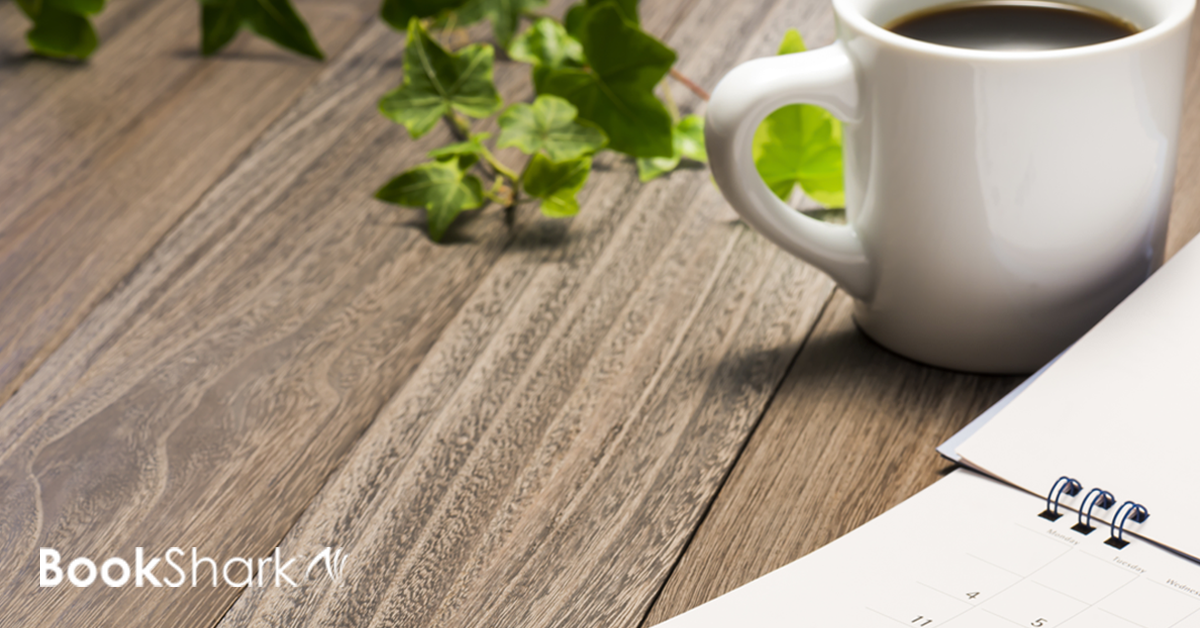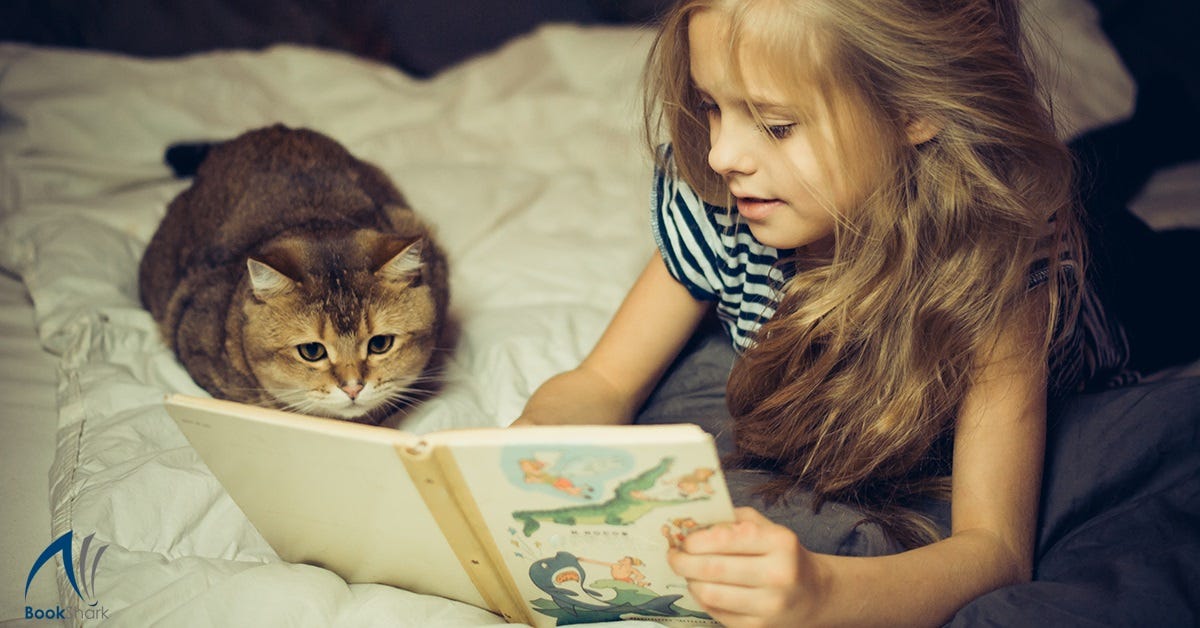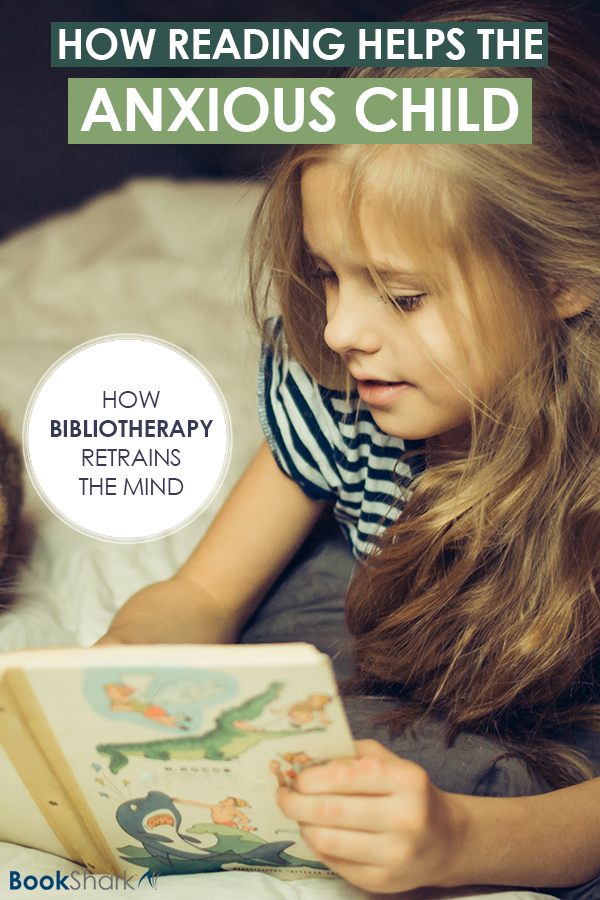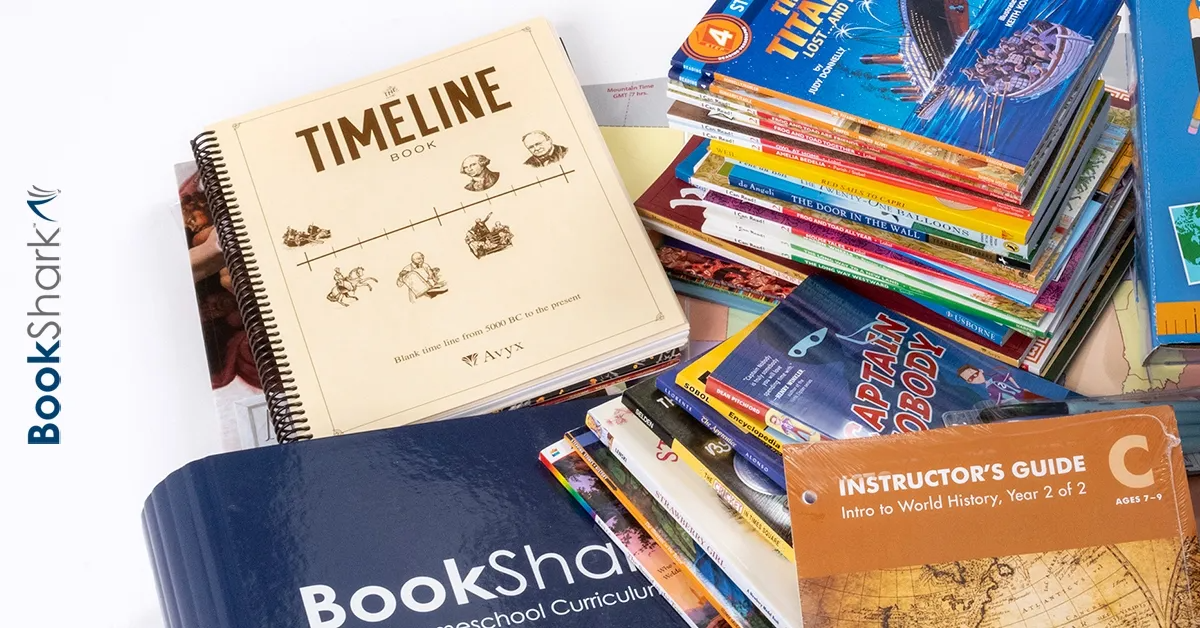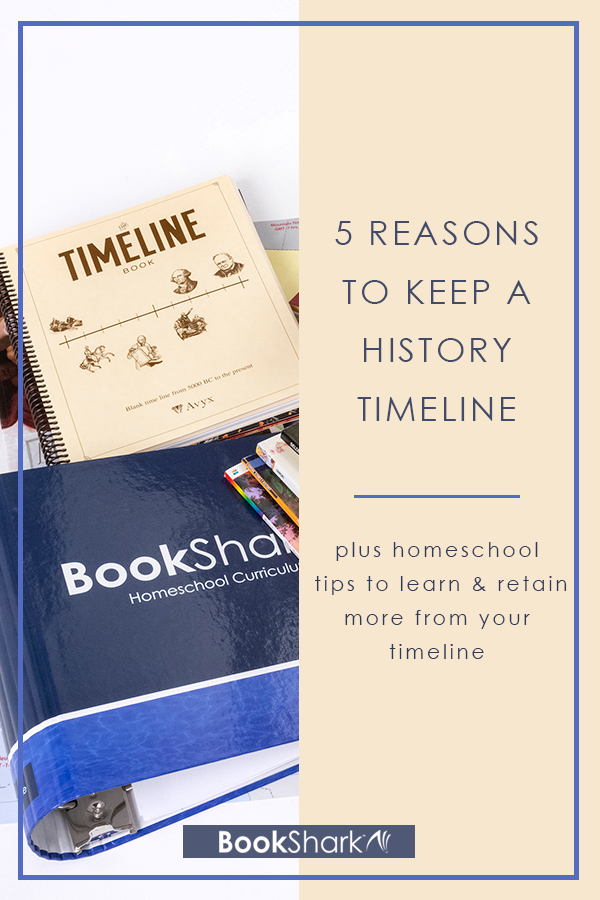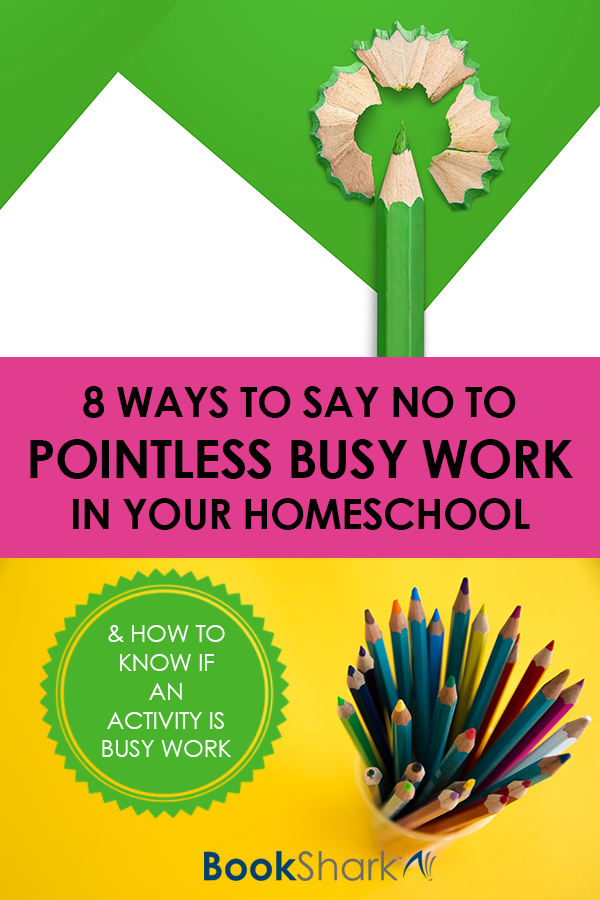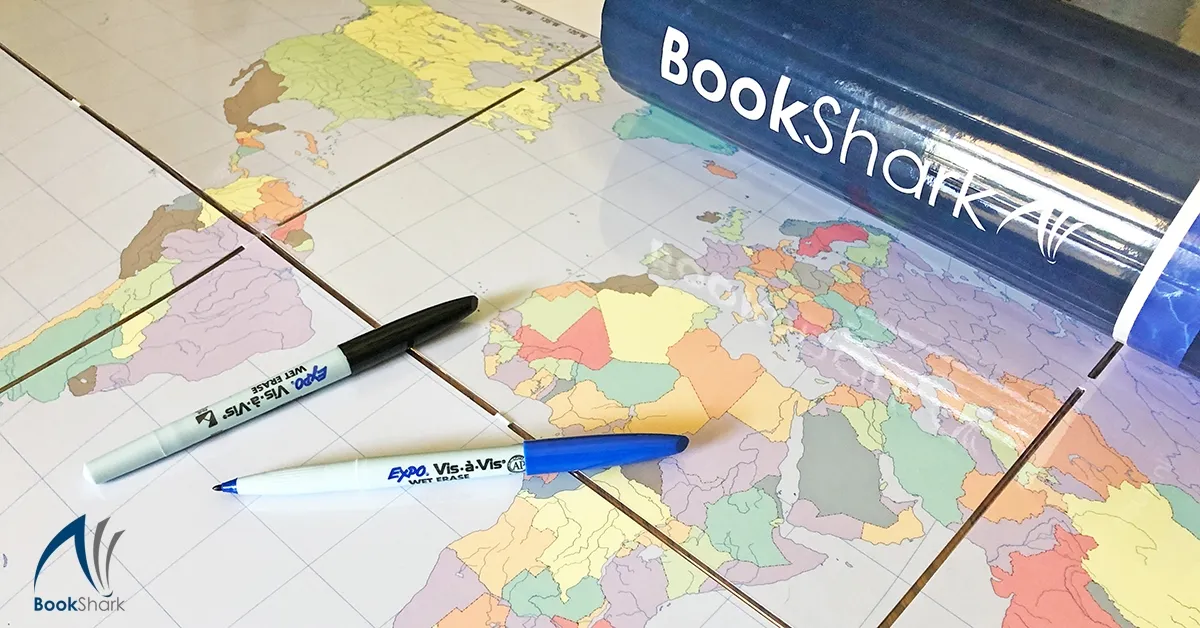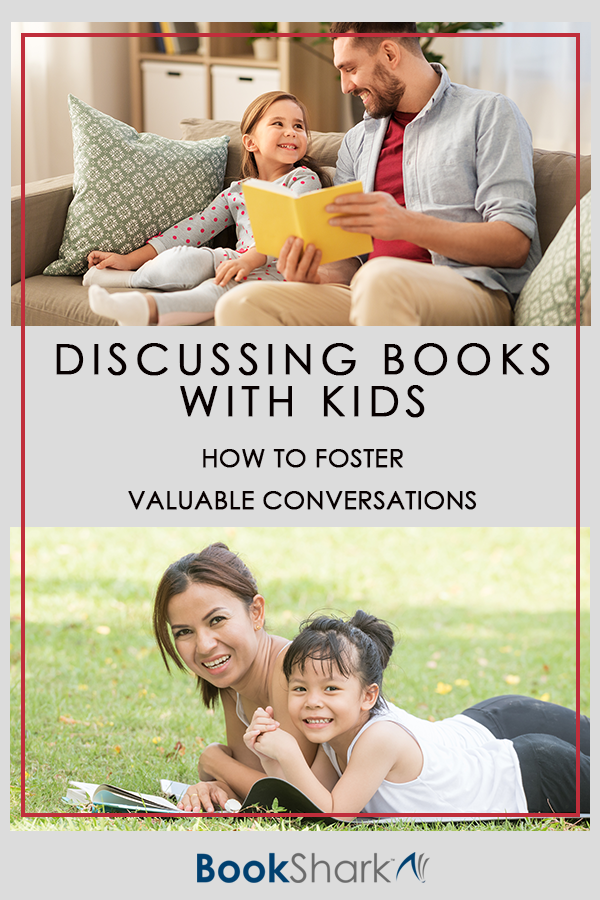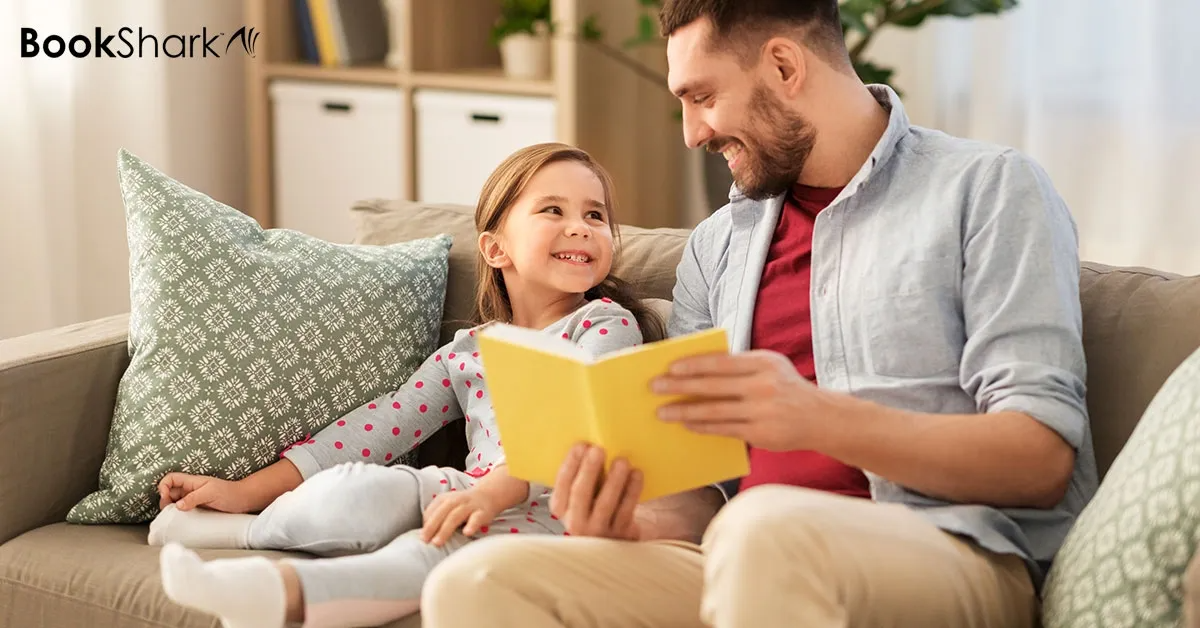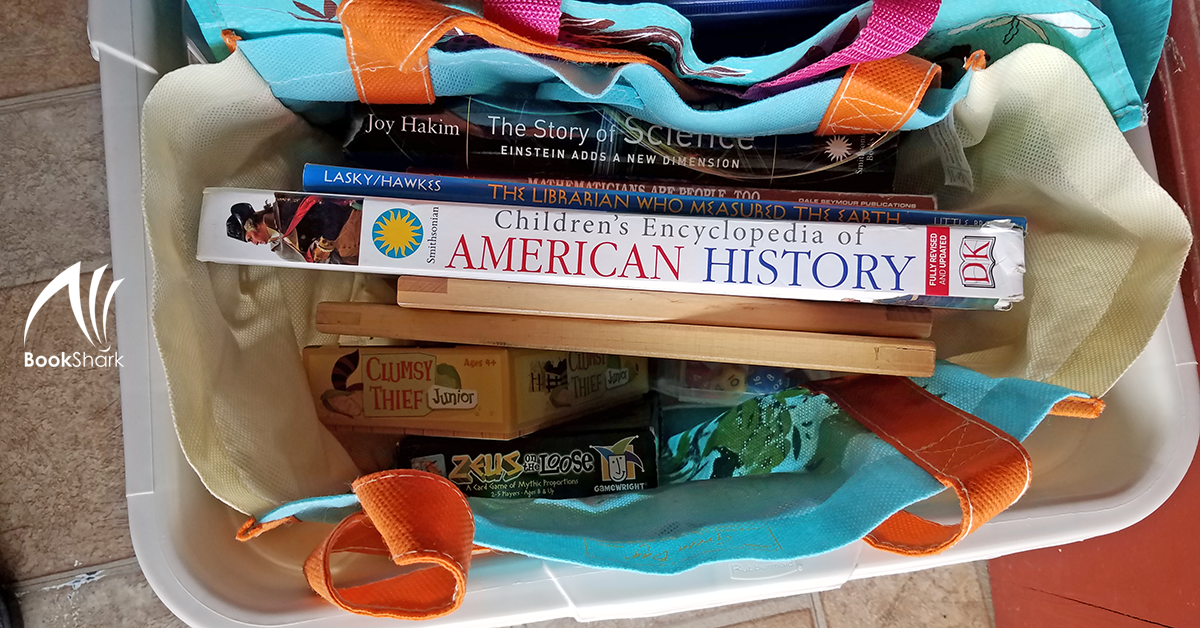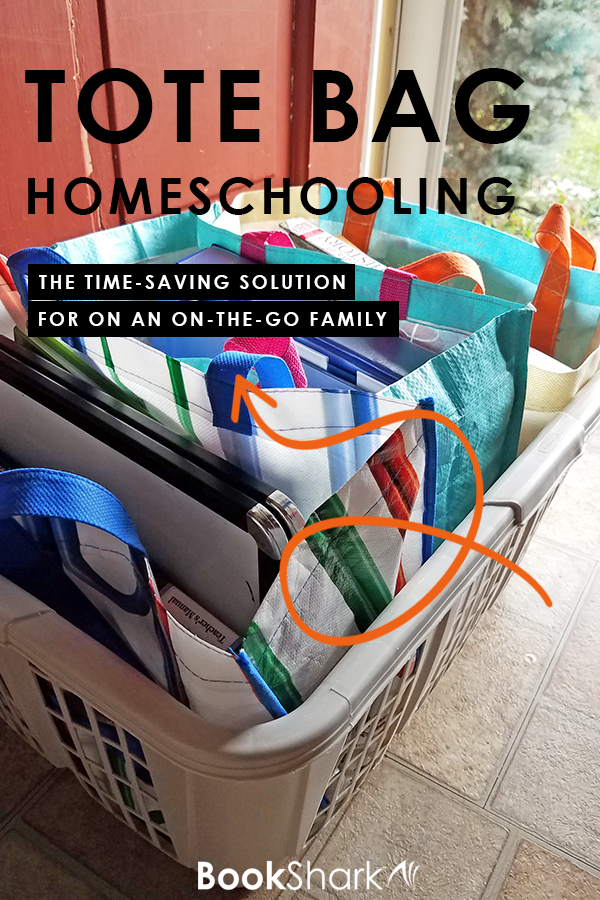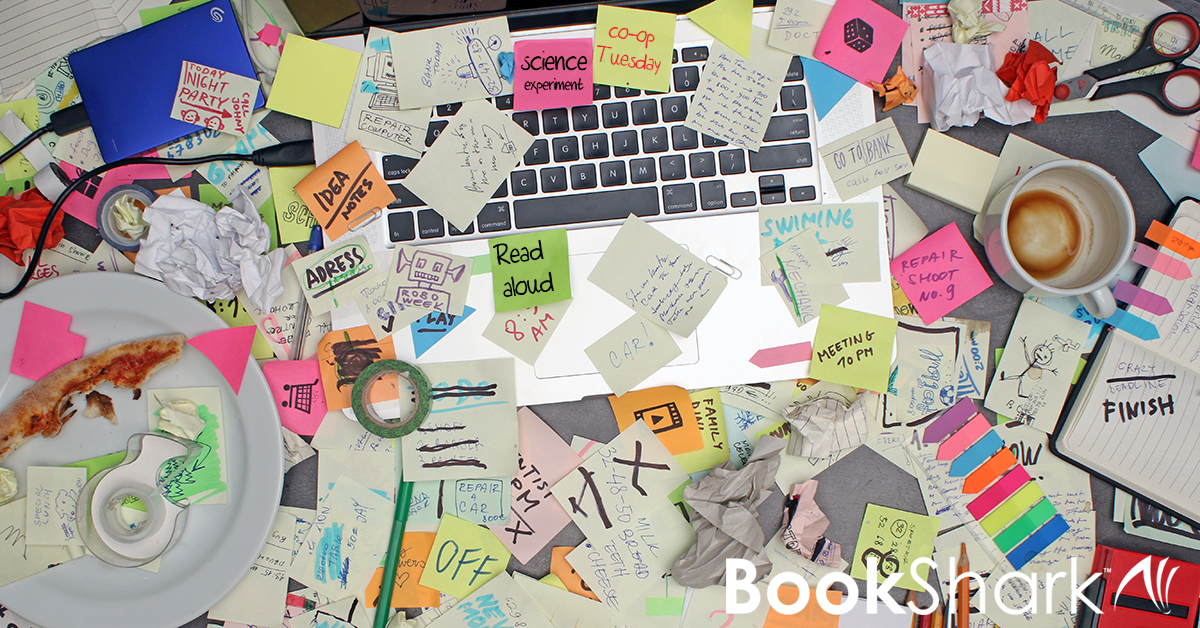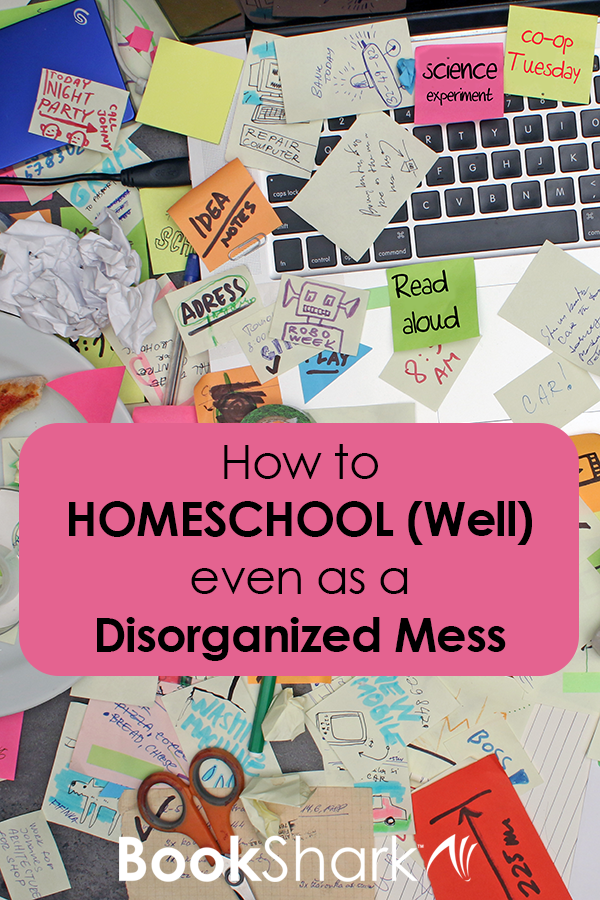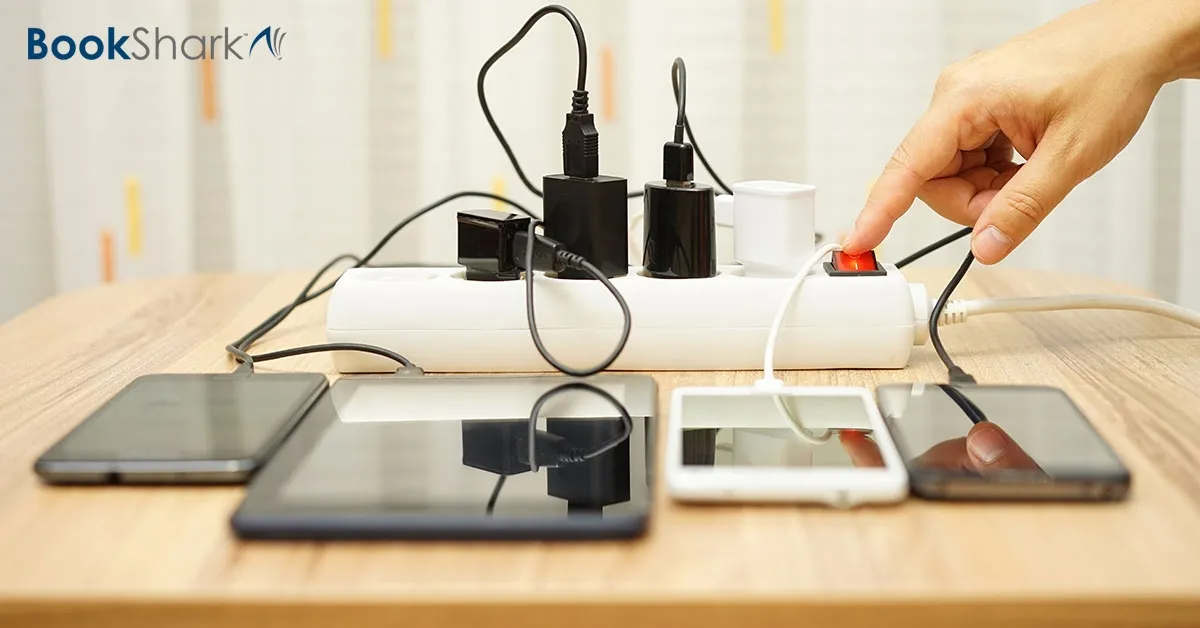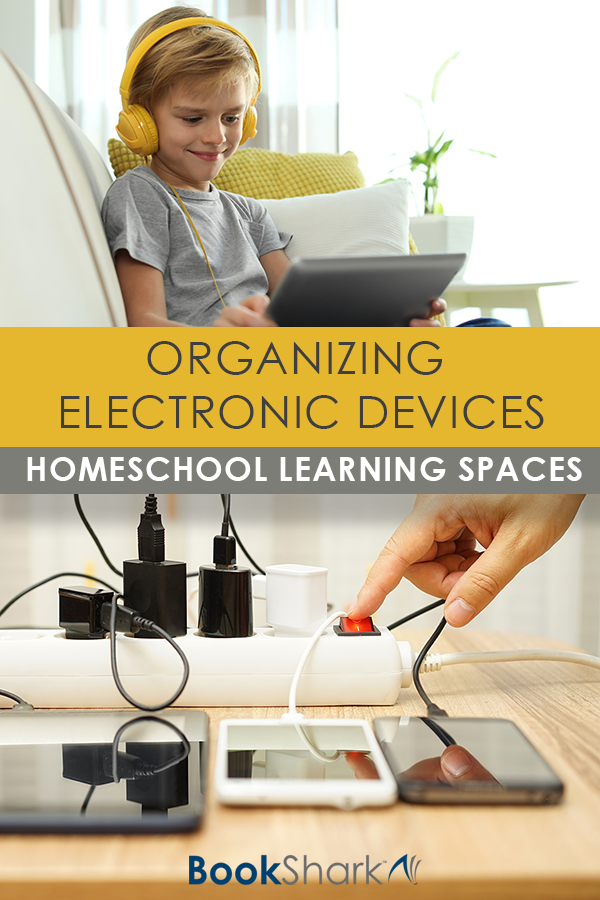Homeschool scheduling is all about finding your rhythm and what works best for your family. When my boys were toddlers and preschoolers, my main goal was simply to shower and fit in some meaningful reading with my oldest. I quickly learned that trying to schedule your homeschool day to start at 8:00 a.m. was unnecessary—and stressful. Fast forward to the middle and high school years, and now my sons begin their homeschool day around 8:30 a.m., managing it independently.
The key to breathing sweet homeschool scheduling into your day is to begin with a set of guidelines that you can actually follow—ones that fit your family’s groove. We don’t need one more thing to stress us out if we are already struggling with homeschool scheduling, so look at these easy starting points below.
Analyze Your Family’s Routine and Daily Flow
For example, if you have a younger household, your day will start earlier. When my household was younger, some days I could start school by about 7:00 a.m., stop for nap time, and then pick up again with a few more activities. Other days were helter-skelter.
Setting a dogmatic time to start our homeschool day only added to my aggravation because there was very little I could control when my children were preschoolers. Later, I understood that because my children were so young, I had to have a tentative game plan and find flexibility so that I could accommodate my family’s needs.
However, older children tend to thrive with routine and sameness even though we may not as adults.
Find Balance
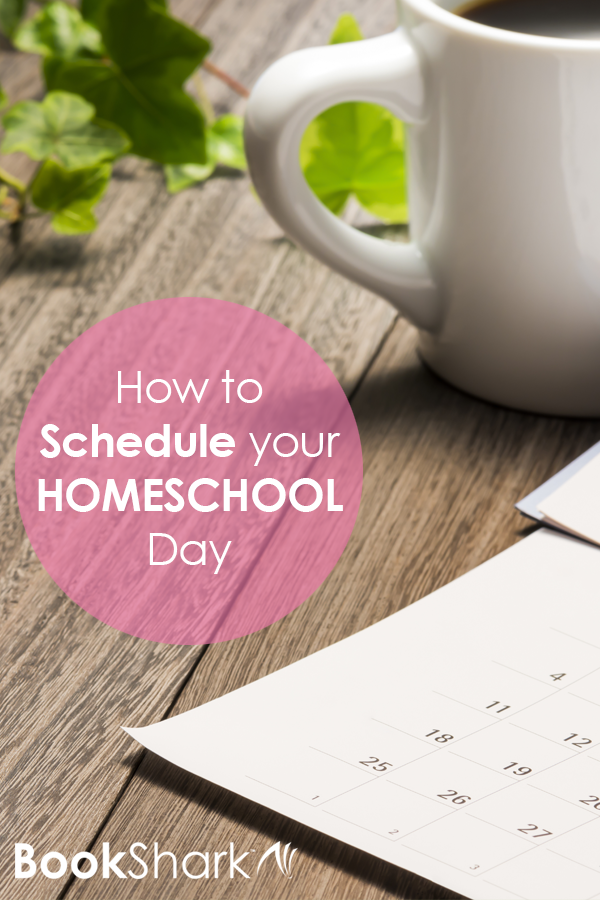
If you are not a morning person, then give yourself another half hour or so in the morning before you tackle your assignments in the Instructor’s Guide. However, if your children are morning people and they can start independently of you, then set the schedule to accommodate their desire to start early.
Think About the End of the Day
When does your homeschool day end? Though learning and living naturally flow in our day, and sometimes it’s hard to see the difference between the two, we still want to schedule an ending to our day. Through the years, I have heard of homeschoolers who homeschool for eight hours or more. I am shocked.
Our job as homeschool educators is not really very different from having a full time job. We need to have an ending to our day because homeschool burnout may loom ahead if we don’t.
During the younger years when there is not much difference between playing and learning, having an ending time is not as important. However, as your children approach the middle and high school years and you are teaching them to stick to a schedule and how to balance their time, it becomes critical.
Avoid Hour-by-hour Homeschool Planning
When you are struggling with homeschool scheduling, avoid hour-by-hour planning and instead to plan bigger chunks of time. Getting out your daily planner and setting aside 9:00 a.m. to 12:00 p.m. for homeschool is doable, flexible, and gets your feet on the road to homeschool organization.
Next, noting the hours 1:00 p.m. to 3:00 p.m. for house chores is pretty flexible too. Instead of chaining you to a homeschool schedule that might not work for you or that may be too specific right now, start with scheduling broad zones of time.
As you fine tune your homeschool schedule to fit your family’s rhythm, then you can fill in with hour by hour chores, academic subjects, and other activities you have planned.
The simple truth is that homeschooling requires time and a schedule that fits your family as your children grow. Fitting your family’s groove at the present moment, having an ending to your homeschool day, and planning in blocks of time are the beginnings of homeschooling scheduling success. w out the topics they are interested in and can relate to, ask questions that spark opinions and more questions, and get excited about what will happen next. Your kids will follow suit and you’ll be digging in and having valuable discussions with them before you know it.

About the Author
Tina Robertson celebrated the graduation of Mr. Senior in 2013 and is getting ready to graduate her next son. Because of her love for new homeschoolers, she mentors moms through her unique program called New Bee Homeschoolers. She loves all homeschoolers, though, as she shares her free 7 Step Curriculum Planner, unit studies, lapbooks and homeschooling how tos. She can’t sing, dance, or craft, but she counts organizing as a hobby. She is still in the homeschool trenches blogging at Tina’s Dynamic Homeschool Plus.

